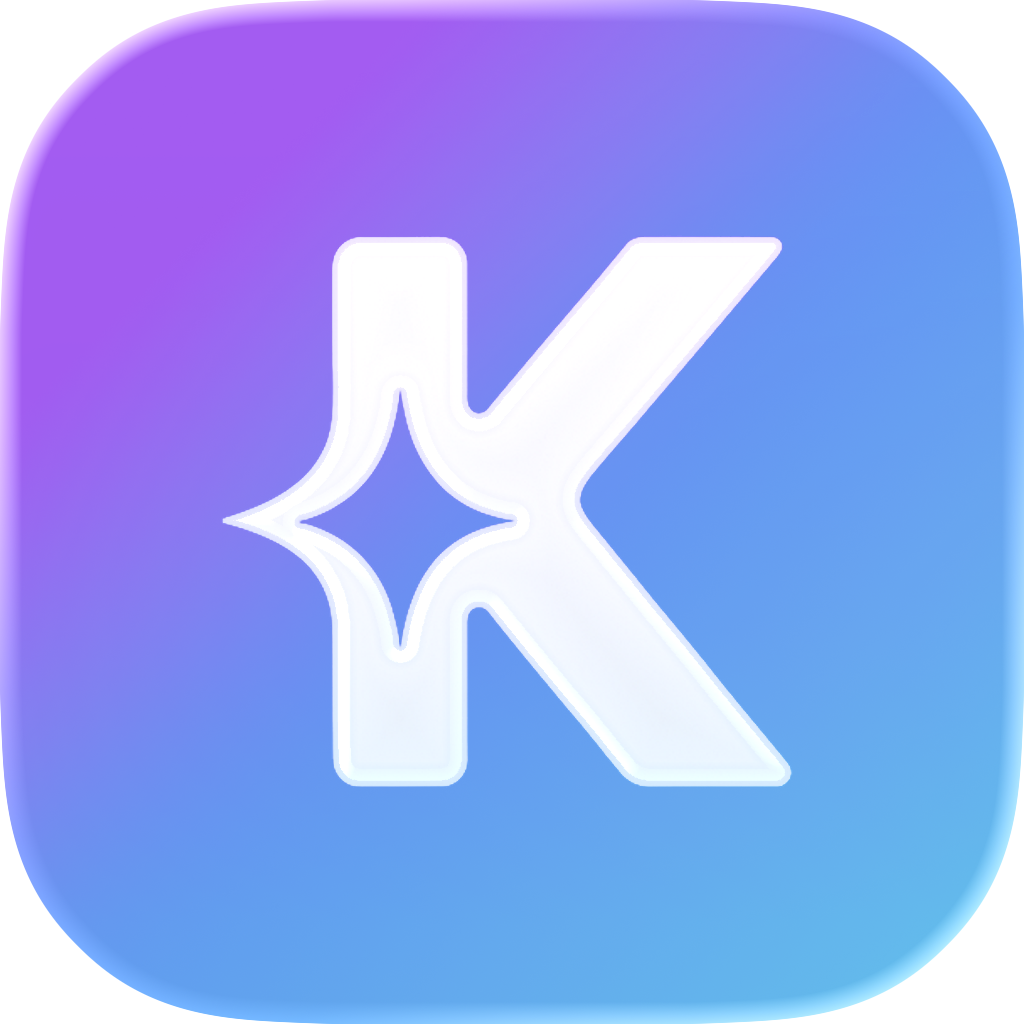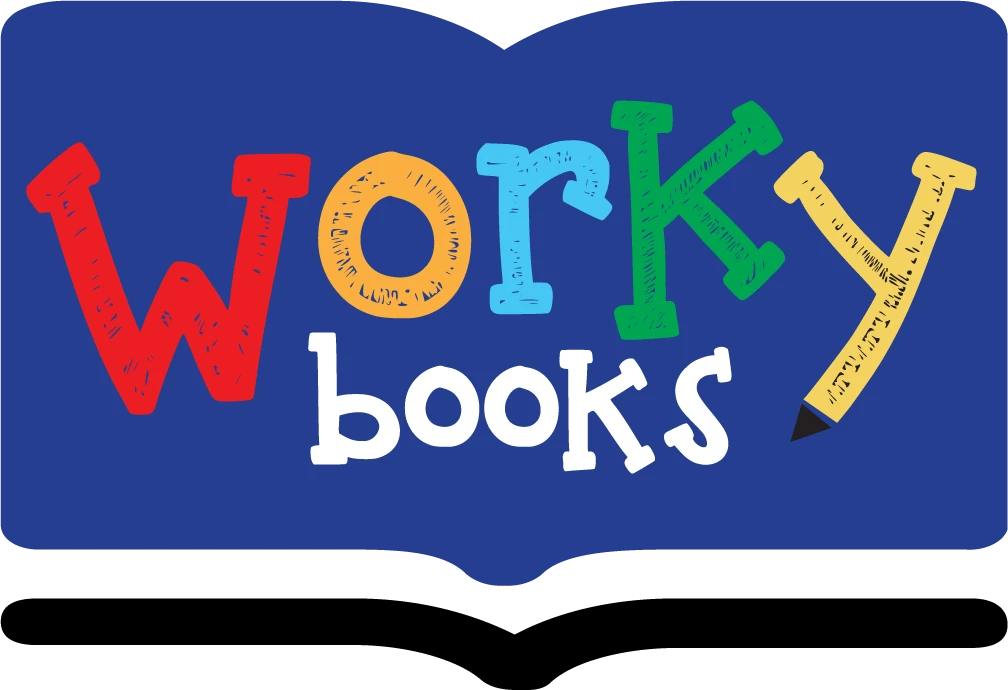Relative Position with Shapes Worksheet
- K
- K.G.A.1
This learning resource is available in interactive and printable formats. The interactive worksheet can be played online and assigned to students. The Printable PDF version can be downloaded and printed for completion by hand.
About the Worksheet
This interactive and printable worksheet, "Shapes" is designed to help young learners develop their shape recognition skills and understanding of spatial relationships. It presents a simple scene with various shapes and prompts the child to answer questions about their positions and orientations.This interactive and printable worksheet, features a triangle, a square, and a circle, which are familiar shapes that children often encounter in their early learning experiences. By asking questions like "Which shape is in front?" and "Which shape is next to the triangle?", the worksheet encourages the child to observe and analyze the visual information provided.
This type of activity not only reinforces the names and attributes of basic shapes but also helps build critical thinking and problem-solving abilities. Children must carefully examine the image, interpret the spatial cues, and provide accurate responses based on their understanding.
This interactive and printable worksheet,'s simplicity and clear visuals make it an accessible and engaging resource for early learners, allowing them to practice fundamental skills in a fun and interactive manner.
What will your child learn through this worksheet?
Through this worksheet, your child will learn the following:
- Recognition and identification of basic shapes such as triangles, squares, and circles.
- Understanding of spatial relationships and positional concepts like "in front" and "next to".
- Observation and analysis skills by examining visual information and making connections.
- Problem-solving abilities by interpreting the questions and providing accurate responses.
Learning Outcomes
The learning outcomes for this worksheet are as follows:
Cognitive:
- Identify and name basic shapes (triangles, squares, circles).
- Understand and apply spatial relationship concepts (in front, next to).
Psychomotor:
- Develop visual-spatial awareness and perception.
- Practice fine motor skills by marking or indicating responses.
Affective:
- Build confidence in shape recognition and spatial awareness.
- Foster curiosity and interest in learning about shapes and their relationships.
Interpersonal/Social:
- Engage in collaborative learning by discussing the worksheet with peers or adults.
- Develop the ability to follow instructions and prompts accurately.
These learning outcomes are specific, measurable, attainable, relevant, and timely, ensuring that the worksheet aligns with appropriate developmental goals and facilitates effective learning for young students.
Tags
Shape recognition worksheet, basic shapes, spatial relationships, early learning, visual perception, problem-solving, cognitive skills, psychomotor skills, affective skills, interpersonal skills, printable PDF, interactive worksheet, online learning resource.
Common Core Standards Covered
Perfect For:
- • Classroom assignments
- • Auto-graded assessments
- • Printable handouts
- • Home learning support
- • Homework help
- • Skill reinforcement
- • Curriculum planning
- • Self-paced learning
- • Progress tracking









